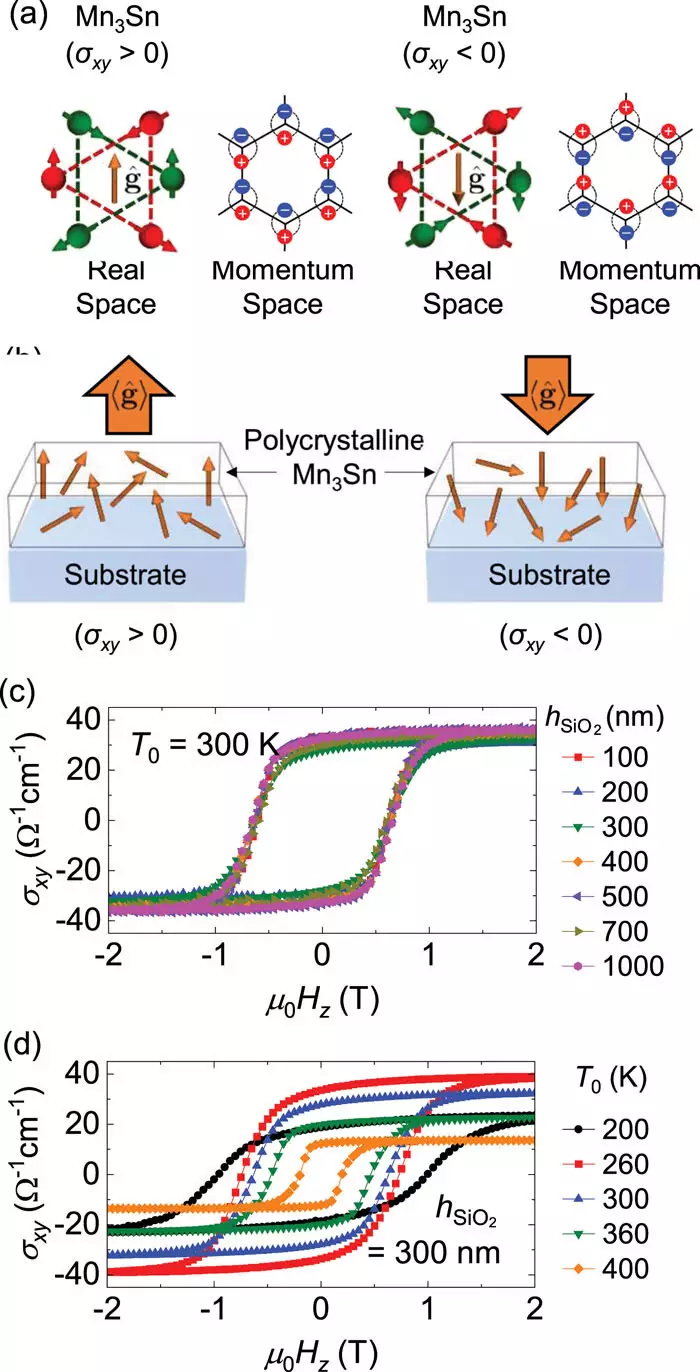Spintronics, short for spin transport electronics, holds the promise of ushering in a new era in computing technology that could rival, or even surpass, conventional electronics. By harnessing the unique magnetic properties inherent to electron spins, spintronic devices offer not only the potential for faster processing speeds but also remarkable energy efficiency. Traditional electronics rely solely on electronic charge to store and manipulate information, a limitation that spintronics seeks to overcome by exploiting both electrical charge and spin, unlocking a new frontier in computational capabilities.
Emerging from the labs of research institutions like the University of Illinois Urbana-Champaign, spintronics has become a focus of extensive study. This innovative approach may very well combine the strengths of existing electrical systems with an advanced method of data manipulation, creating a pathway to technology that is energy efficient without sacrificing speed. Indeed, one researcher described it as achieving “the best of both worlds.” Despite the alluring prospects, a critical challenge lies in establishing the conditions under which spintronic devices operate most effectively, particularly concerning thermal influences on device performance.
Heating is one of the most pressing concerns in the development of spintronic materials. As electrical currents flow through these devices, significant heat is generated, potentially interfering with their functionality. The relationship between temperature and spin structure is fraught with complexity, as variations in temperature can have substantial implications for how well these devices function.
To illustrate this point, it’s essential to differentiate between electromagnetic interactions driven by electrical current and thermal effects induced by heating. If the alterations in spin structure are primarily a consequence of electromagnetic interactions, optimizing device operations becomes a straightforward engineering challenge; enhancing the speed of the current could lead to more rapid processing capabilities. However, if thermal effects dominate, factors such as thermal conductivity and relaxation times must be carefully considered, which could limit the operational speeds of these devices.
Addressing the thermal challenge in spintronic devices, researchers have developed an experimental approach that sheds light on how heat affects operating behavior. By measuring the thermal dissipation of the structures that house these spintronic devices, a clearer understanding of the relationship between current flow and heating can be attained.
The method reported by researchers involves placing antiferromagnetic samples—specifically, materials like Mn3Sn—onto substrates with differing thermal conductivities. By varying the thickness of the substrates, the researchers were able to elucidate how generated heat varied based on the property’s conductive ability. Thicker substrates inhibit thermal conduction, thereby allowing devices on such materials to experience higher temperatures under the same electrical current. This innovative approach effectively served as a thermometer for the device, offering insights into how temperature influences the magnetic properties critical to spintronic operations.
The findings from this experimental technique are promising, as they establish a groundwork for systematically analyzing spintronic materials. Understanding the influence of temperature juxtaposed with electric effects could massively accelerate the search for suitable materials for spintronic applications. With the assurance that these experiments can be replicated across various platforms—including standard electronics—the potential for broad interdisciplinary applications emerges.
Moreover, further insights into the interplay between heating and magnetic behavior may lead researchers to identify materials that maintain their performance despite rising temperatures. Such advancements could result in the creation of highly efficient, next-generation computing devices that offer substantial improvements in energy consumption while effectively performing complex calculations.
The investigation into spintronics exemplifies the balance between physics and engineering in pushing the boundaries of technology. Through rigorous experimentation and a commitment to understanding the fundamental principles of these devices, researchers continue to navigate the complexities posed by heating effects, laying the groundwork for promising advancements in modern computing technology. As the landscape of spintronics evolves, the resolve to optimize performance will undoubtedly drive significant innovations, positioning this fascinating field at the forefront of future technological endeavors.


Leave a Reply